Material Guide: PLA HS
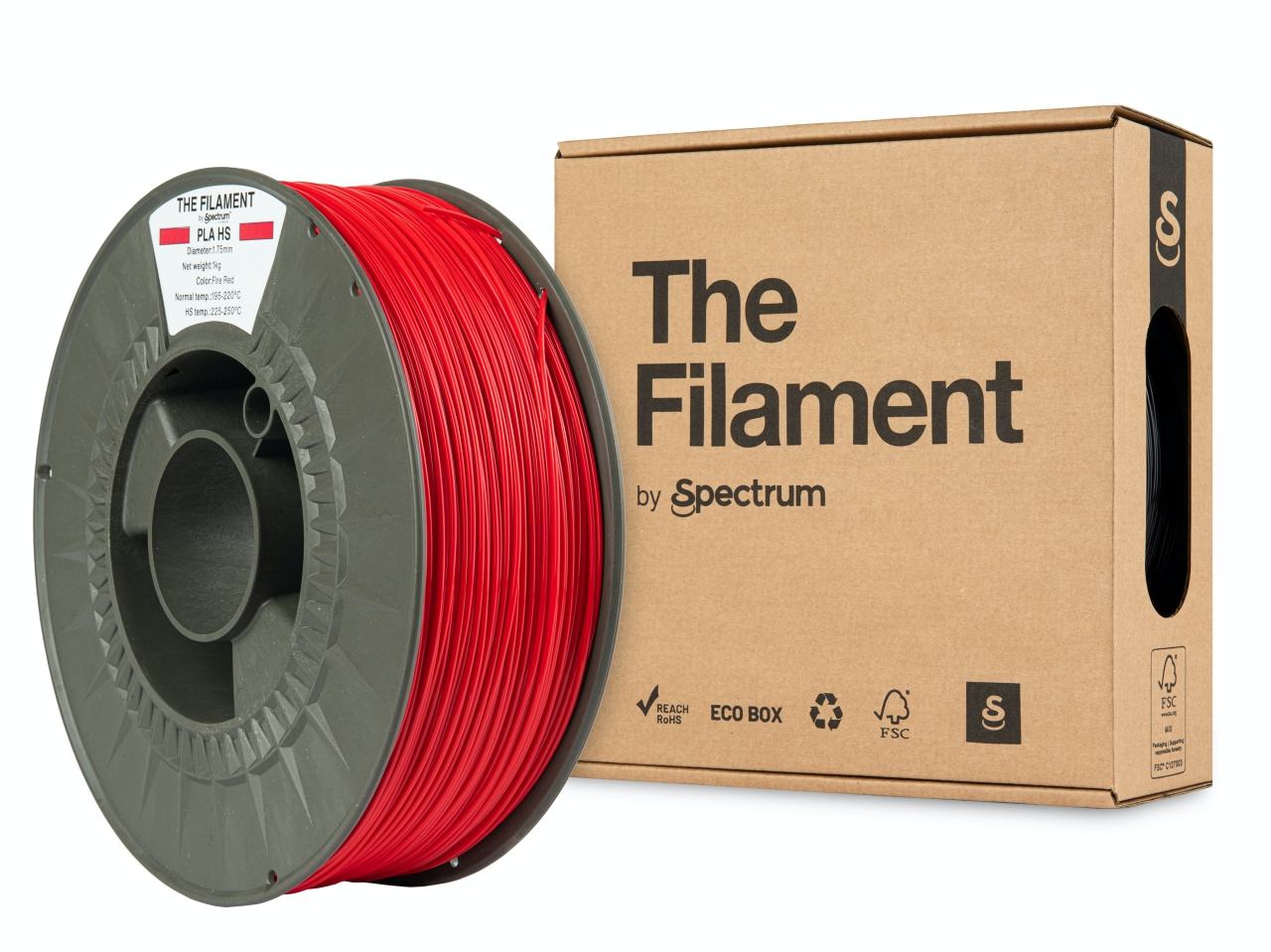
In 3D printing, material choice plays a critical role in determining the quality, durability, and efficiency of your final product. Among the many options available, PLA HS—short for Polylactic Acid High-Speed —is making waves in the additive manufacturing community. Designed to combine the easy printability of standard PLA with enhanced mechanical properties and faster production capabilities, PLA HS is an excellent choice for both hobbyists and professionals.
What is PLA HS?
PLA HS is a modified version of standard PLA (Polylactic Acid), a biodegradable thermoplastic derived from renewable resources such as corn starch or sugarcane. While regular PLA is widely loved for its low printing temperature, low warping, and environmentally friendly composition, it has limitations in terms of speed and mechanical strength.
PLA HS addresses these drawbacks by incorporating formulation improvements that allow for higher printing speeds, better layer adhesion, and improved impact resistance—all while maintaining the ease of use that PLA is known for.
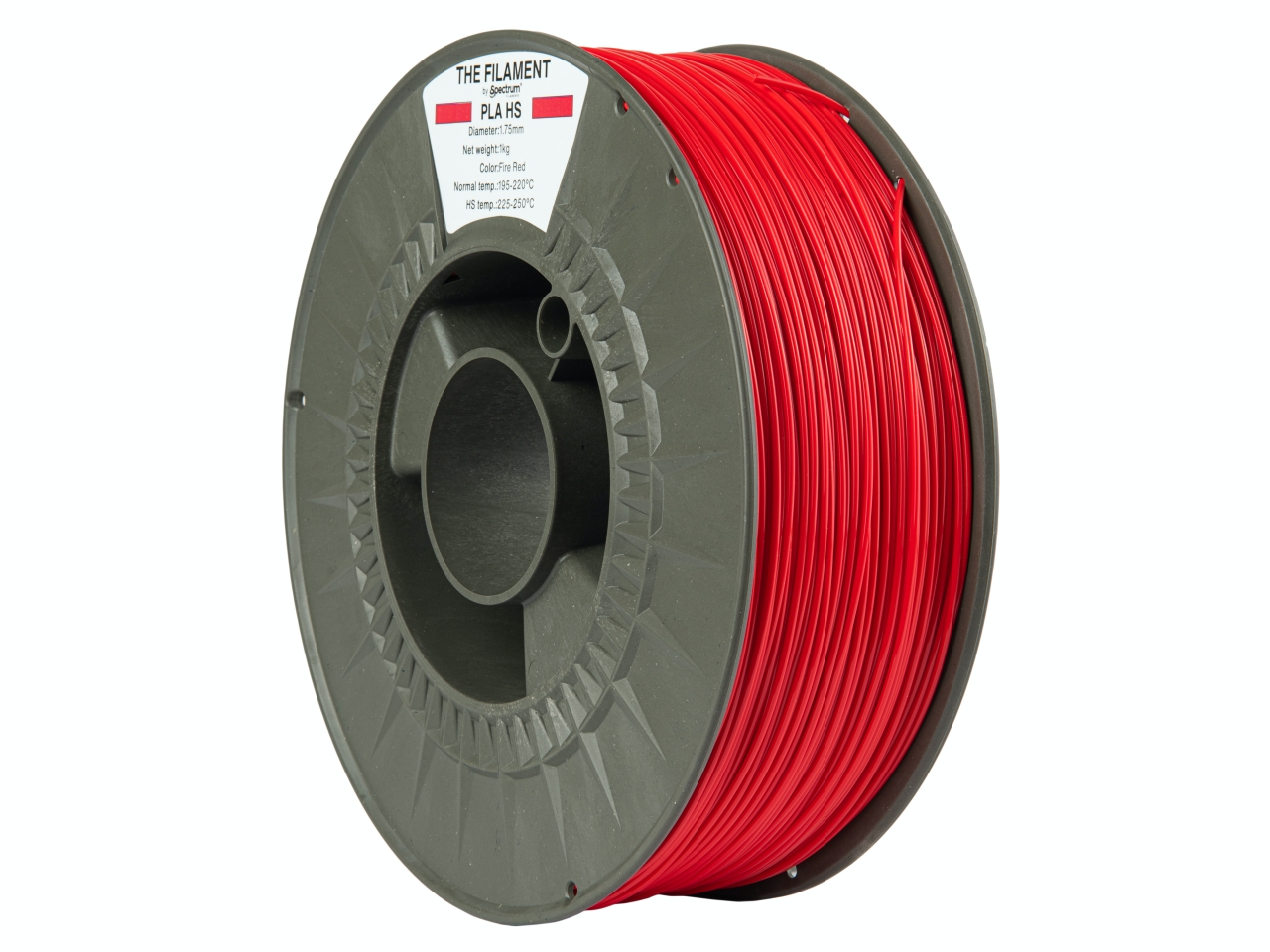
Printing Guidelines for PLA HS
While PLA HS shares many similarities with standard PLA, optimizing your settings is key to unlocking its full potential.
| Parameter | Recommended Setting |
| Nozzle Temperature | 200–230 °C |
| Bed Temperature | 50–70 °C |
| Print Speed | 60–500 mm/s (depending on printer capability) |
| Cooling Fan | 100% after first few layers |
| Nozzle Size | 0.4 mm (standard) or larger for high-speed prints |
Applications of PLA HS
Thanks to its balance of speed, strength, and ease of printing, PLA HS is suitable for a variety of applications:
- Rapid Prototyping – Ideal for quickly producing functional models.
- Tools and Jigs – Durable enough for light manufacturing aids.
- Educational Projects – Perfect for schools and workshops due to its safety and ease of use.
- Cosplay & Props – Smooth finish makes it great for detailed, decorative pieces.
- Consumer Products – From custom phone stands to household organizers.
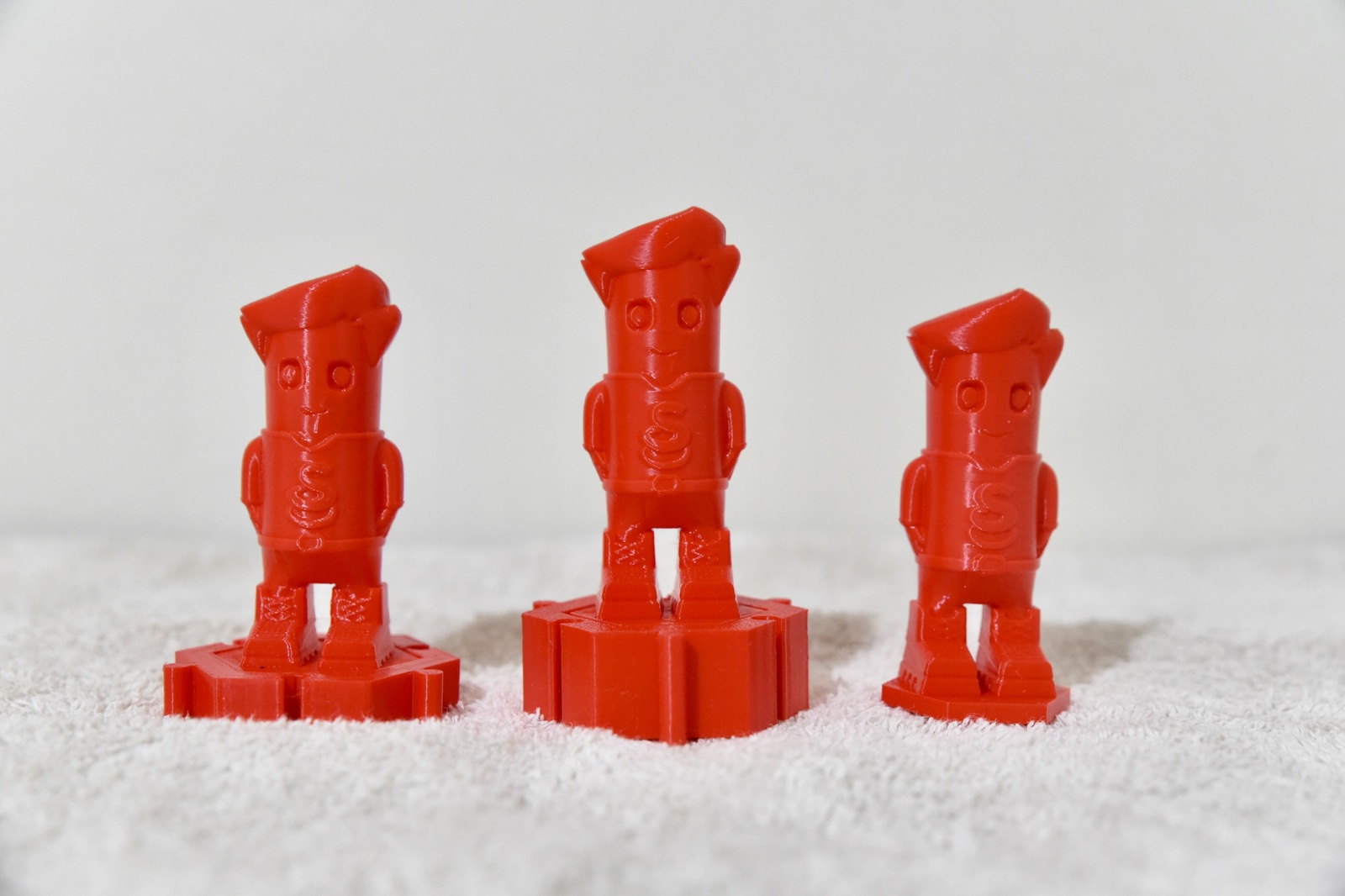
Advantages Over Standard PLA
- Faster Output: Significantly reduces print times for large projects.
- Better Mechanical Performance: Stronger parts with less brittleness.
- Surface Finish: Smoother prints at high speeds compared to regular PLA.
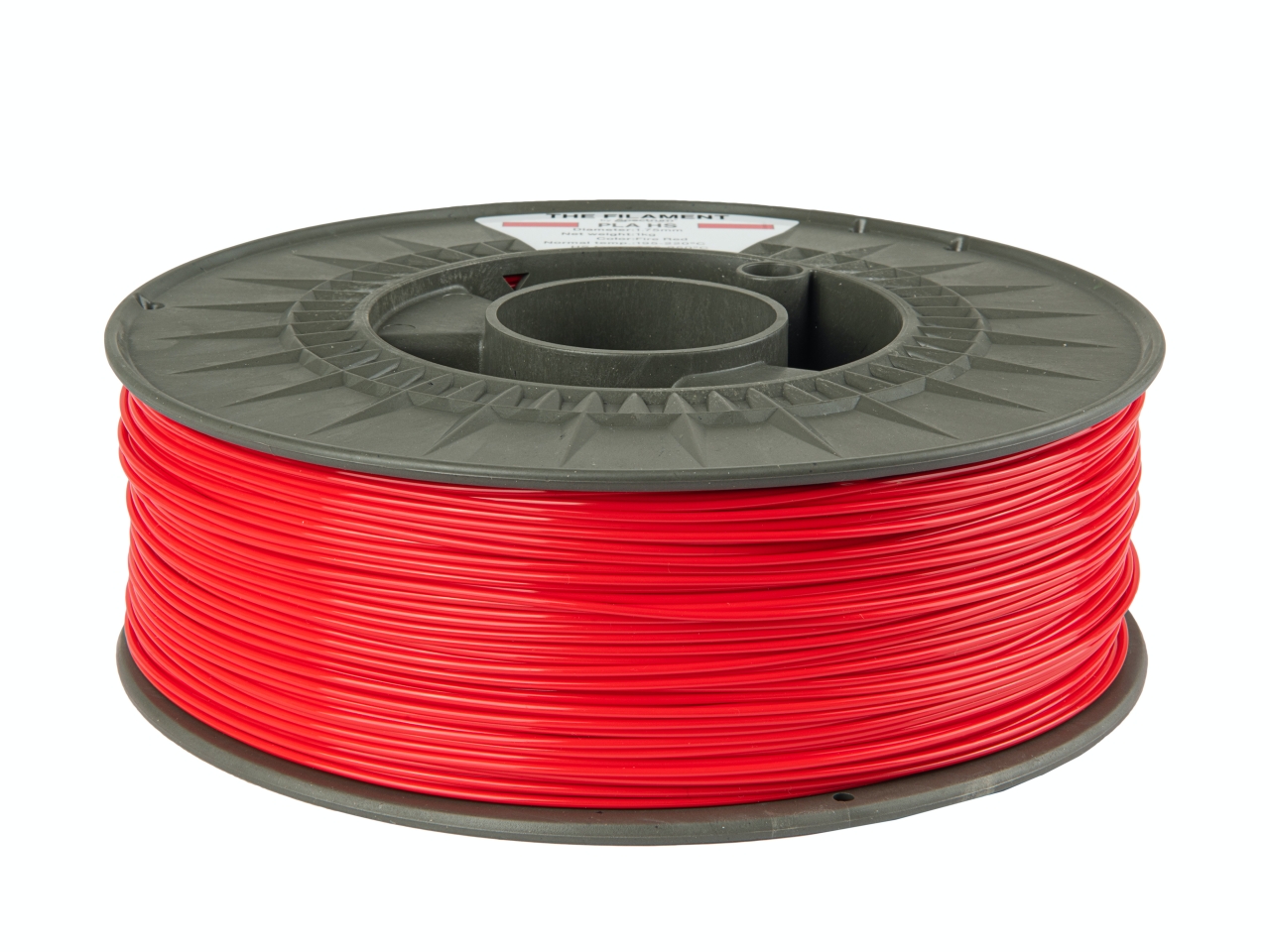
Limitations to Consider
- Heat Resistance: Similar to standard PLA, PLA HS can deform at temperatures above 60 °C.
- Cost: Slightly more expensive than basic PLA.
- Printer Limitations: Older or less rigid printers may not handle maximum high-speed settings effectively.
|
Feature / Property |
Standard PLA |
PLA HS |
|
Print Speed |
40–250 mm/s |
60–500 mm/s |
|
Tensile Strength |
Moderate |
Higher |
|
Layer Adhesion |
Good |
Excellent |
|
Impact Resistance |
Low–Moderate |
Moderate–High |
|
Warping |
Very Low |
Very Low |
|
Surface Finish at High Speeds |
Poor–Moderate |
Smooth & Consistent |
|
Heat Resistance |
~60 °C |
~60 °C |
|
Ease of Printing |
Very Easy |
Very Easy |
|
Cost |
Lower |
Slightly Higher |
|
Eco-Friendliness |
Biodegradable |
Biodegradable |
Optimizing "The Filament by Spectrum PLA HS": Step-by-Step Testing and Calibration
We, in spectrum is continually optimizing and calibrating our filaments to all of the available machines in the market as much as possible. To optimize our results, we conducted three standard calibration tests: the Retraction Test, the Calibration Cube Test, and the Overhang Test. Below is a summarized step-by-step procedure of how each test was done and what it helped us improve.
1. Retraction Test
Goal: Minimize stringing and oozing between travel moves.
Steps:
- Loaded the PLA HS filament and preheated the nozzle to the recommended temperature range.
- Printed a retraction tower with varying retraction distances and speeds.
- Observed stringing between towers at different settings.
- Identified the optimal retraction distance and speed where stringing was minimized.
Outcome: Reduced unwanted filament strands, leading to cleaner prints with smooth surfaces.
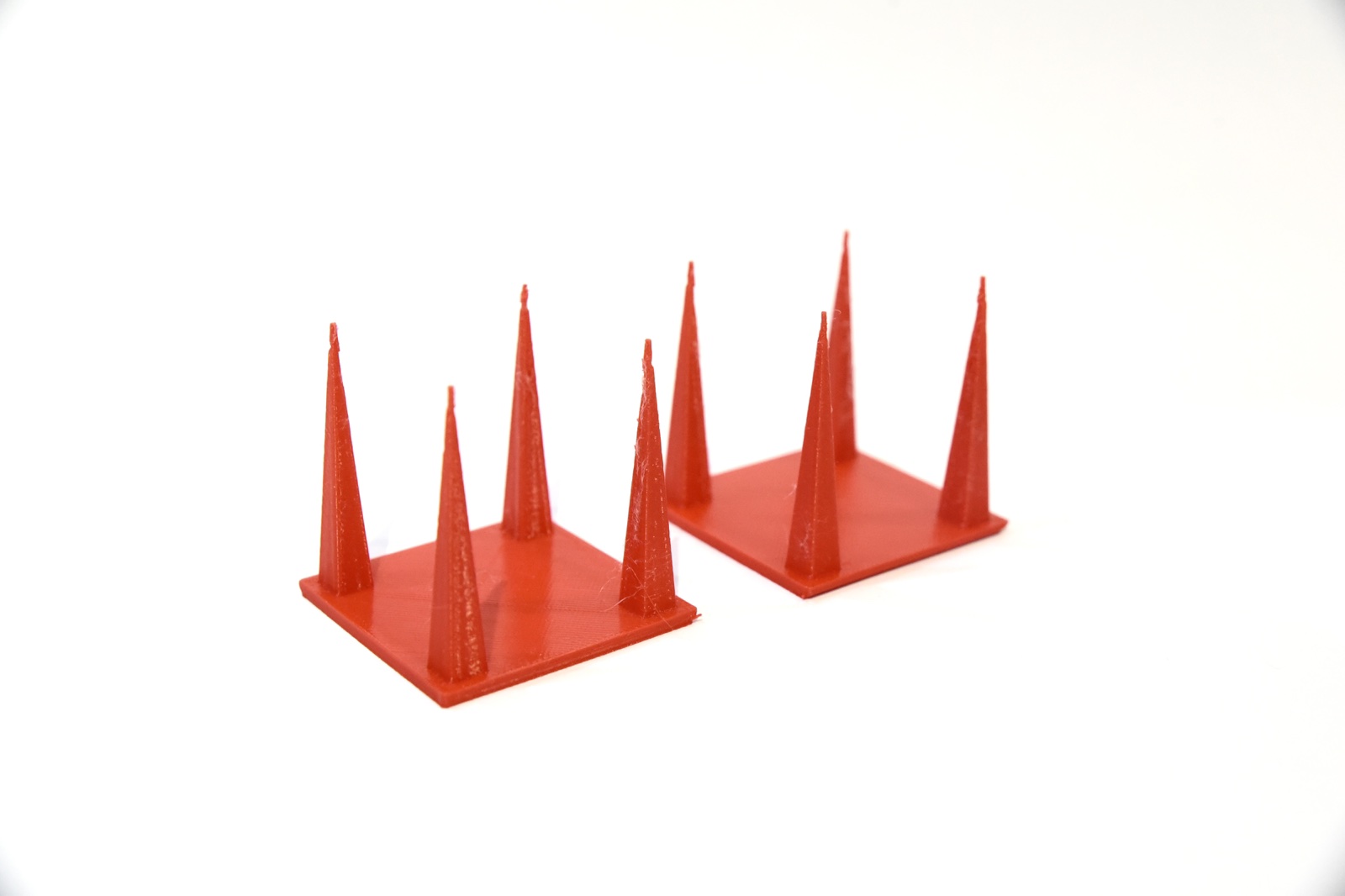
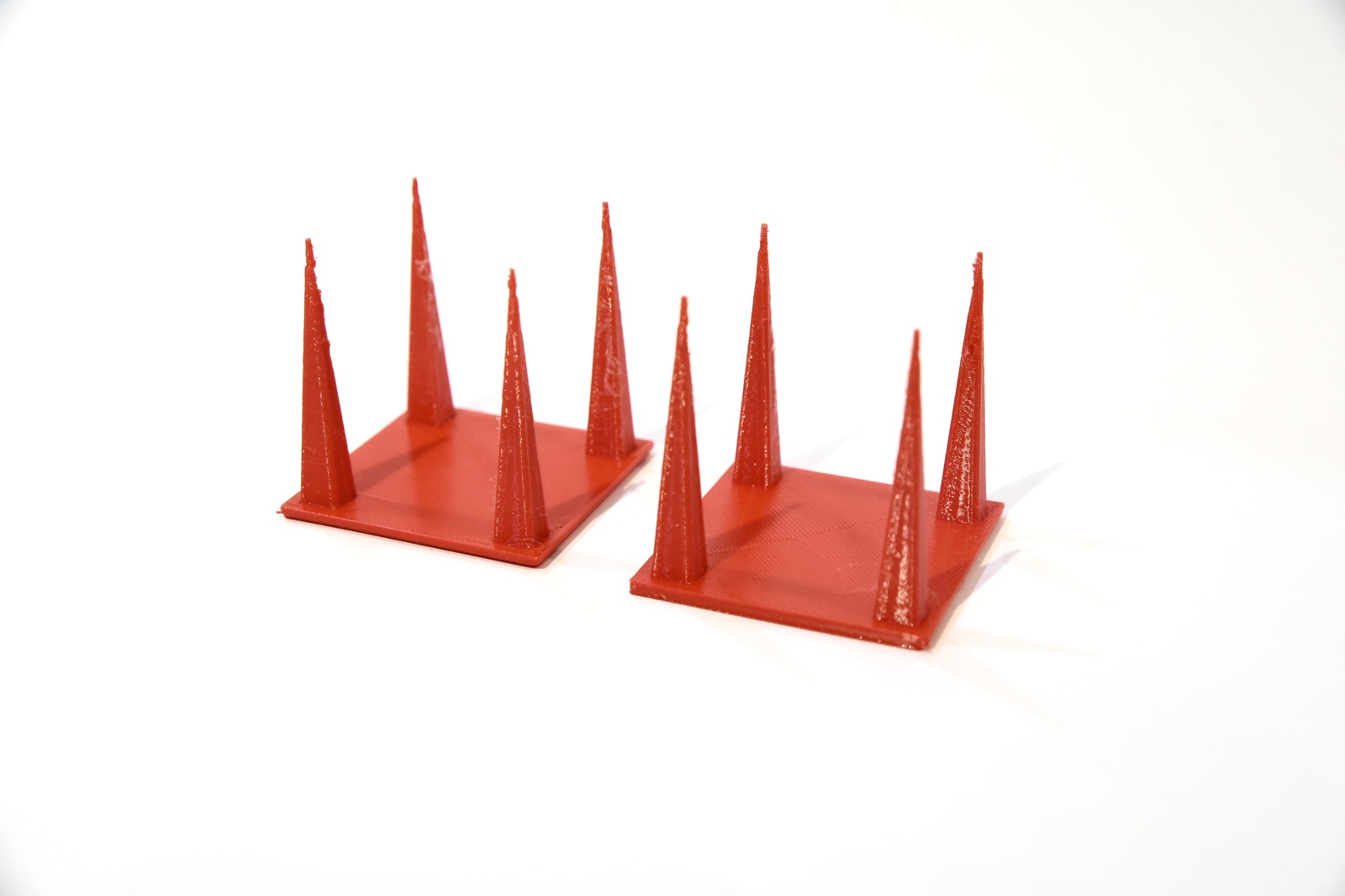
2. Calibration Cube Test
Goal: Check dimensional accuracy, flow rate, and extrusion consistency.
Steps:
- Downloaded and sliced a standard 20mm x 20mm calibration cube.
- Printed the cube at the optimized retraction settings found earlier.
- Measured all cube dimensions (X, Y, and Z axes) with calipers.
- Compared the results with the intended 20mm size to evaluate scaling and extrusion accuracy.
- Adjusted flow rate if deviations were found.
Outcome: Improved print accuracy, ensuring dimensional reliability for functional parts.
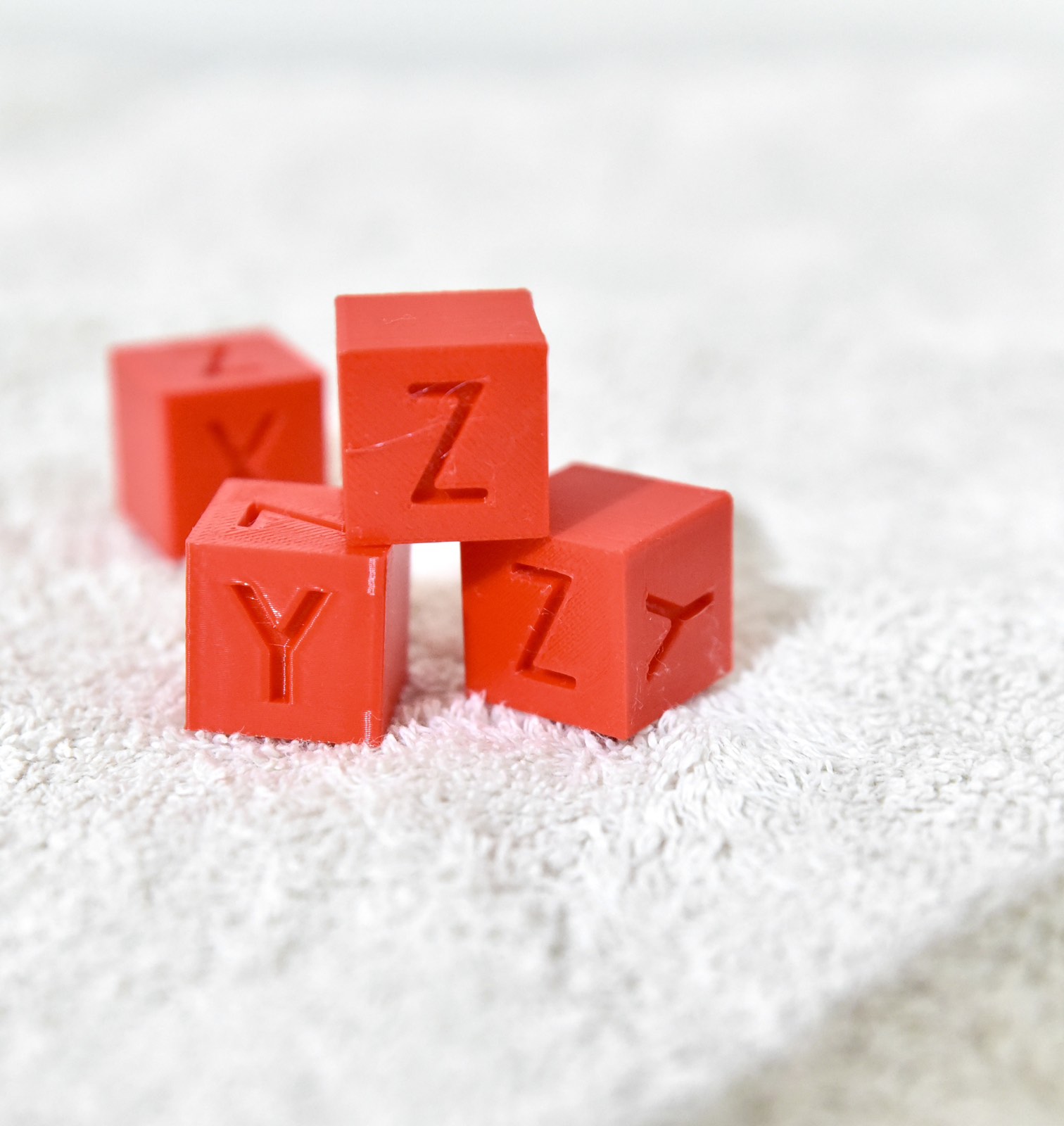
3. Overhang Test
Goal: Assess cooling and bridging performance at steep angles.
Steps:
- Sliced and printed a standard overhang test model with angles ranging from 30° to 80°.
- Monitored print performance as the overhangs increased in steepness.
- Identified the maximum angle that printed cleanly without drooping or sagging.
- Adjusted cooling fan speed and print speed to improve performance on steeper angles.
Outcome: Determined the filament’s capability to handle overhangs, improving reliability for complex geometries.
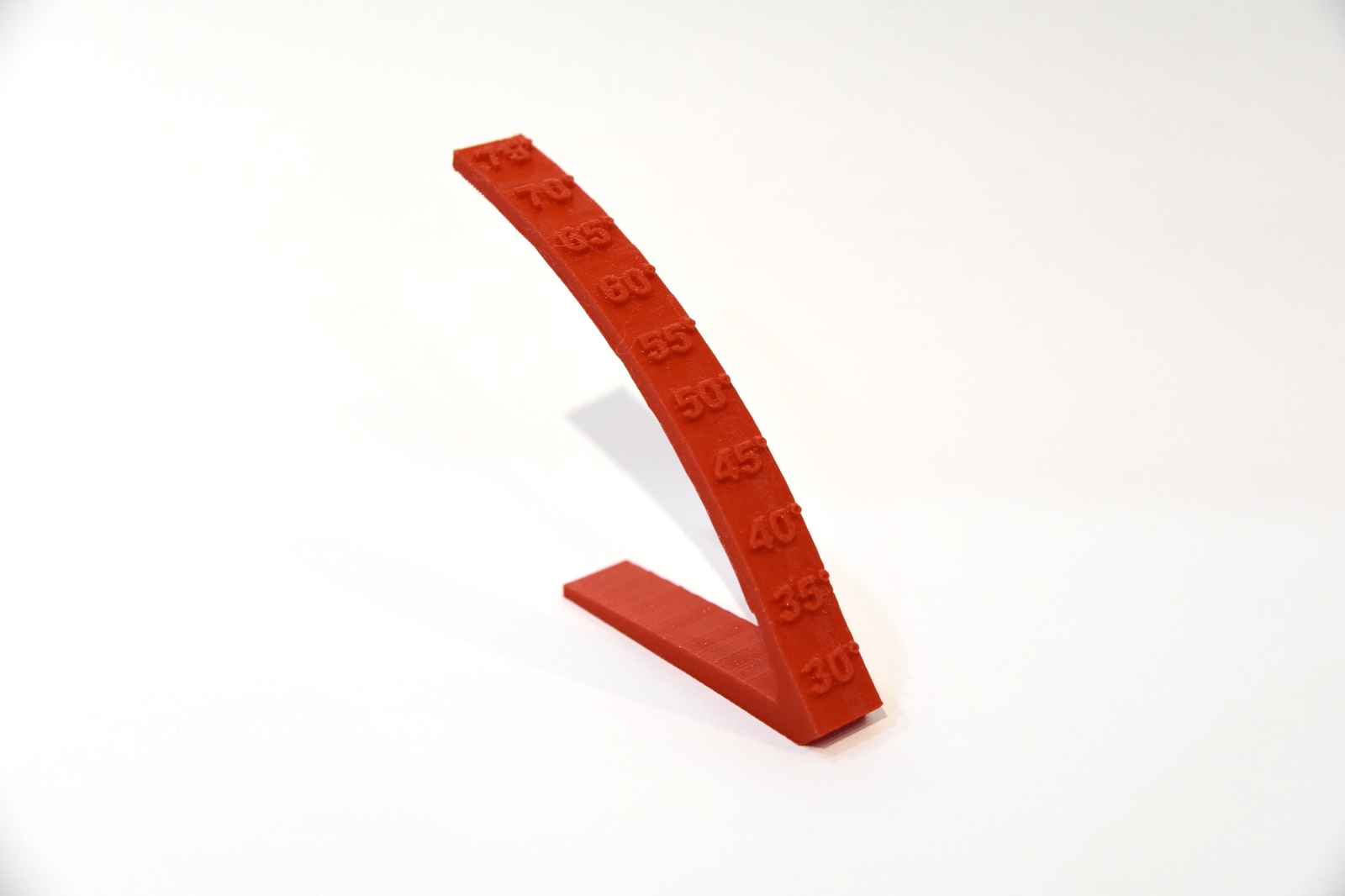
Benchy Test
Goal: To validate all calibrated settings in a real-world model and check overall print quality, dimensional accuracy, and performance under complex geometries.
Steps:
- Loaded PLA HS filament with the optimized settings from the retraction, calibration cube, and overhang tests.
- Sliced and printed the standard 3DBenchy model, which challenges the printer with curves, bridges, overhangs, and fine details.
- Monitored surface finish, stringing, dimensional features, and bridging performance throughout the print.
Outcome: The Benchy printed with smooth surfaces, minimal stringing, accurate dimensions, and clean details. Minor imperfections were visible on steep overhangs, but overall the test confirmed that PLA HS was properly tuned for both speed and quality.
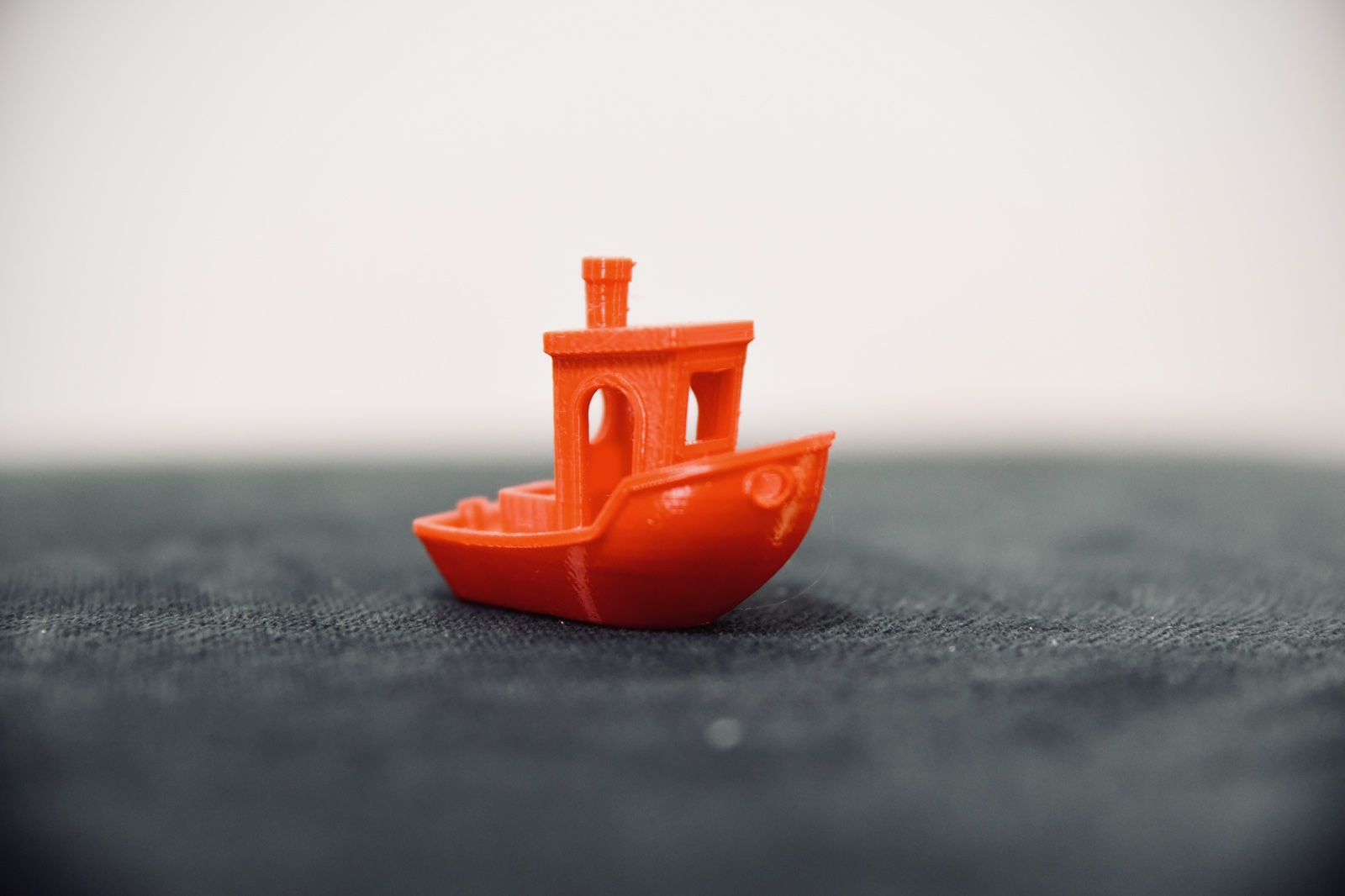
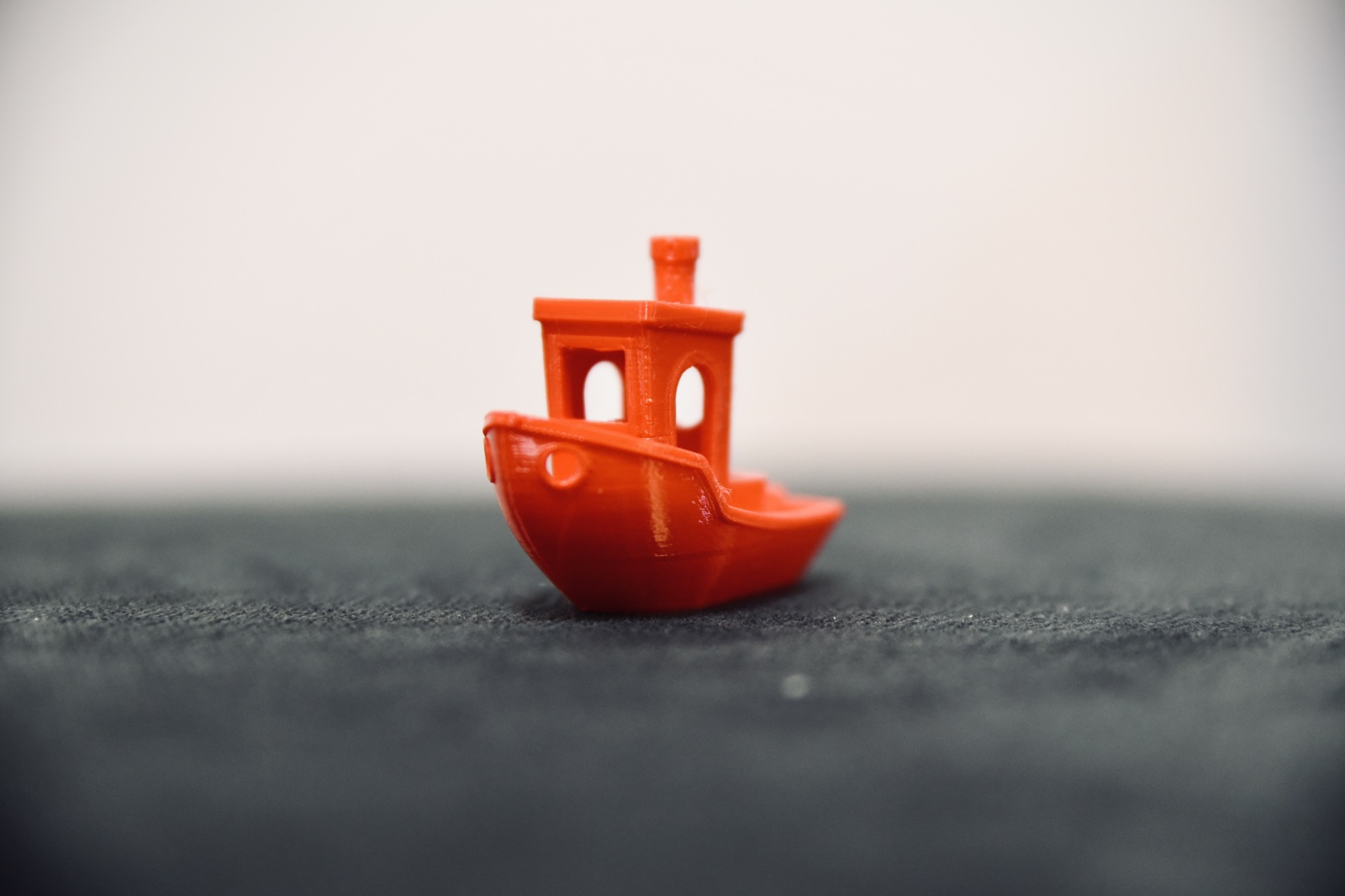
Through this step-by-step process, we were able to unlock the full potential of PLA HS filament. The retraction test minimized stringing, the calibration cube improved dimensional accuracy, the overhang test optimized cooling and angle handling, and the Benchy test confirmed that all these settings worked together in a practical, real-world model. This systematic approach showed us how important calibration is when working with high-speed materials and gave us confidence in using PLA HS for both functional prototypes and high-quality display prints.
To know more about our material settings that you can import to your machine, feel free to contact our support at support@spectrumfilaments.com
Conclusion
PLA HS is a game-changer for those who need speed and strength without the headaches often associated with advanced engineering filaments. It bridges the gap between beginner-friendly PLA and performance-driven materials, making it a go-to option for fast, reliable, and high-quality prints.
Whether you’re a hobbyist looking to speed up your creative process or a professional aiming for rapid prototyping, PLA HS offers the perfect balance of efficiency, durability, and printability.
To check the availability of the different colors we have for our PLA HS, please click the link below :
https://shop.spectrumfilaments.com/eng_m_Our-offer_Materials_PLA_The-Filament_PLA-HS-2658.html